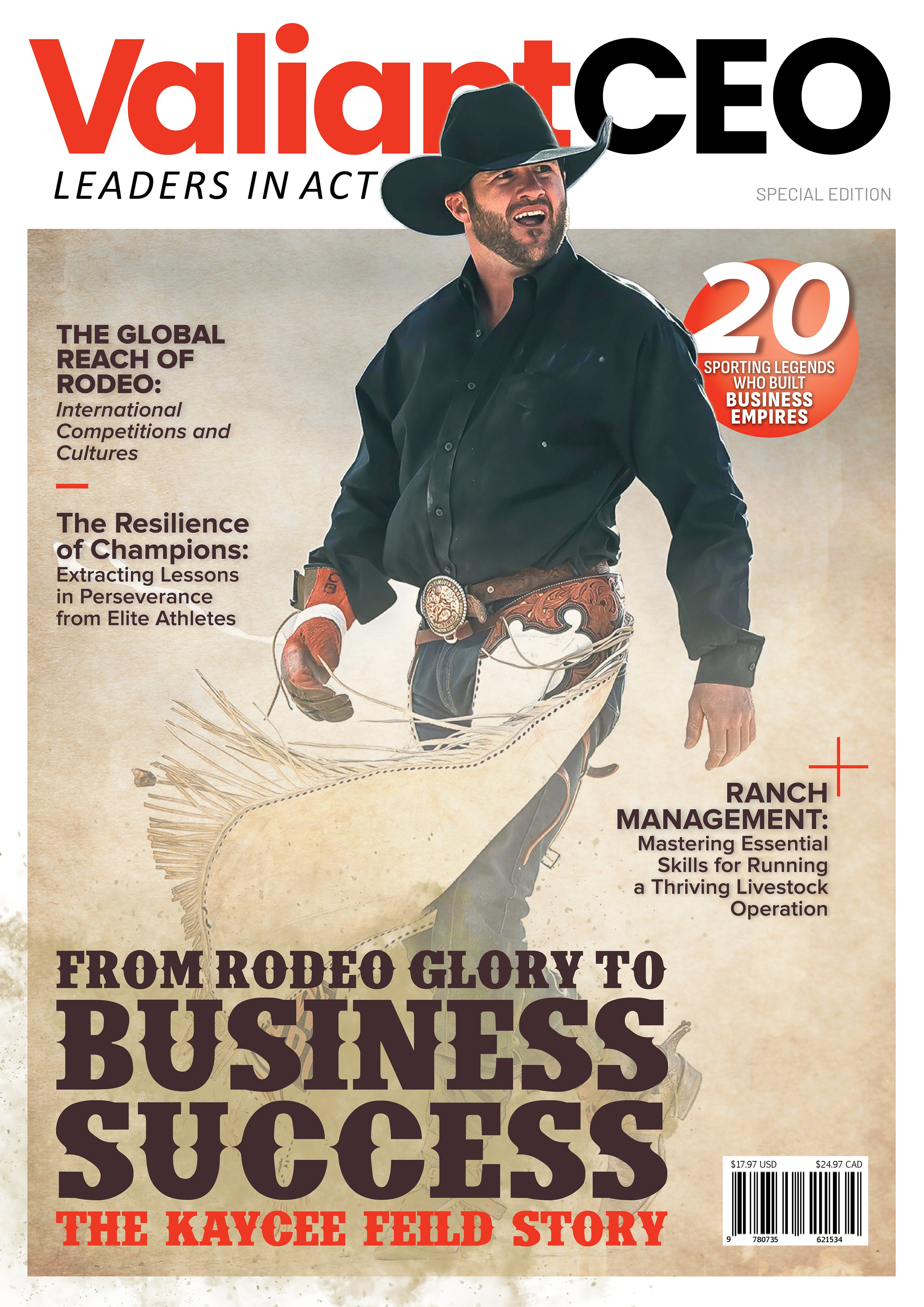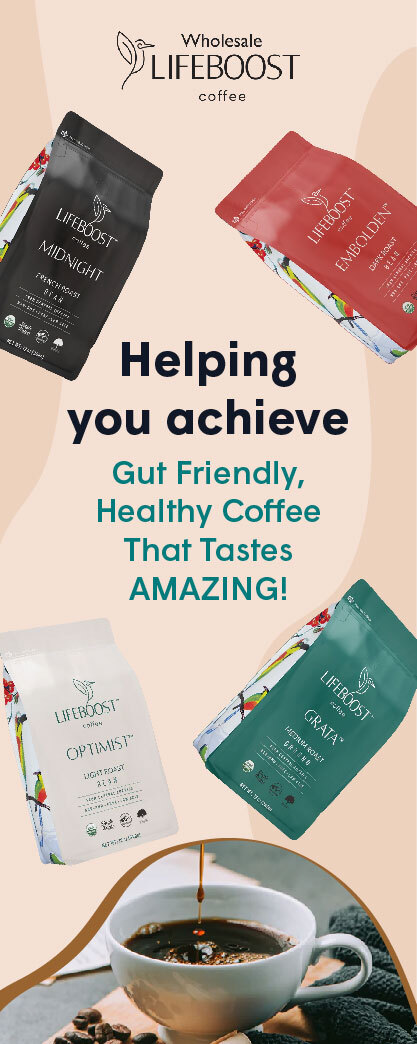With the advancement in the 3D world, 3D printing and the food industry are starting to intertwine. It is now conceivable to 3D print food or any item connected to food. Nevertheless, if you want to create anything that will come into touch with food, you must exercise extreme caution. Certain 3D printing materials and 3D printing filaments might contain harmful substances. It doesn’t imply
you can’t print food-safe gadgets; you just have to be careful about a few things. This article provides all the advice you need to make food-safe 3D-printed items! Follow the instructions to ensure the food safety of your future 3D-printed objects.
Food 3D printing has evolved during the previous decade. We witnessed it with the emergence of fantastic food initiatives like Novameat’s 3D printed meat, several 3D printing chocolate ventures, and NASA’s food printing efforts for astronauts. Researchers are pushing the boundaries of 3D printing to make a wide range of meals using 3D printers.
Yet, the link between food and 3D printing does not end there, as additive manufacturing may simulate several food industry accessories. Manufacturers may employ 3D printers to improve their process’s sustainability, work on unique designs and geometries, 3D print molds, prototypes, or final items.
However, there are no filaments specifically designed for 3D printing food-safe objects. While some filaments may be considered food-safe, they are not necessarily suitable for printing food items due to the risk of contamination from the printing process. We recommend consulting a food safety expert before using 3D-printed objects in food-related applications.
Why Is Food-Safe 3D Printing So Important?
Everything is 3D printable, and while it’s feasible to print remarkable technological gadgets for the aerospace sector, it’s also conceivable to use a 3D printer to make everyday cooking utensils.
You could wish to make custom-made kitchen items. Whatever your endeavor, the materials used must be completely safe. To begin with, it must be safe for you, but it must also be safe for the food to prevent food poisoning.
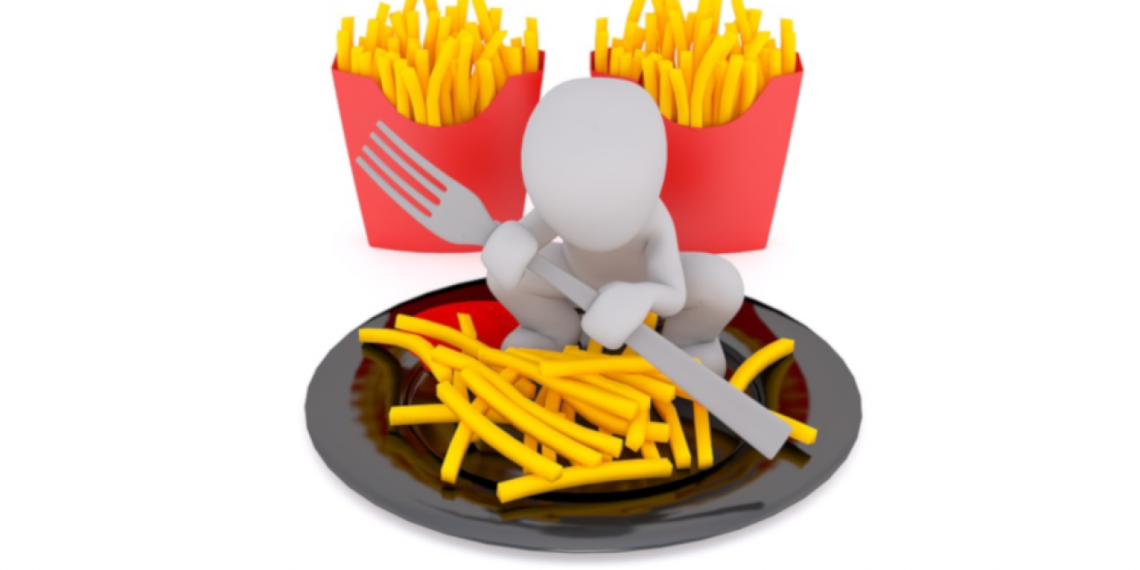
For example, when 3D printing for medical reasons, you must choose biocompatible materials that are safe for the human body and will not damage your health. You must pick your material carefully for any medical use. The same is true for gastronomical applications.
The usage of 3D printing is becoming more common in a variety of industries. It is a terrific way to manufacture food containers and other personal products with outstanding design work and a custom-made feel.
The following are the primary reasons why you should use food-safe 3D printing materials or 3D printing filament:
1. Bacterial proliferation
When 3D printing an item that might come into touch with food, the last thing you want is germs to develop and infect you or anybody else. A smooth substance may prevent the development of microorganisms. But you must be careful, even though the final product seems smooth, the food might get trapped in tiny portions of your design, or just in the layers, germs will proliferate. Hence keep a check on the design’s complexity.
2. Chemicals emitted during the printing process
Since 3D printed products need a combination of heat and chemicals, you must be cautious about the technology and materials used to 3D print your project, particularly if the component may come into contact with food. Hazardous particles present during the 3D printing process may have health consequences. It would be a pity if a coffee cup poisoned you without you knowing it.
3. Chemicals are used directly in the materials
Certain materials, in addition to 3D printing procedures, include dangerous compounds. According to research conducted by the Illinois Institute of Technology and the National Institute of Applied Sciences in Lyon, France, certain materials, such as ABS, contain a high quantity of ultrafine particles. We do not advocate using these particles since they might cause health problems if consumed. It is a concern to consider when 3D printing a component that will come into touch with food.
Selecting a Material That Can Withstand Everyday Usage
Apart from food safety, you must select a material that will enable the product to be used regularly. Is it necessary for your item to be heat resistant? Will it be exposed to hot water or a microwave?
It would be a shame to have a finished product that may distort when exposed to warm water. Also, if you want to use it with food, you should wash the printed product. Is it possible to wash it though? Additionally, be certain your finished printed product is dishwasher friendly before placing it in the machine!
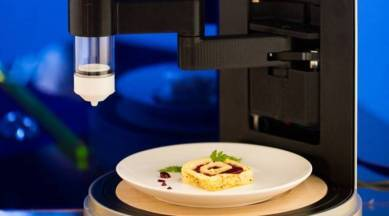
With these many questions, it might seem too much to handle. But we are here to make your choice easy by giving you a comprehensive choice between 10 food-safe 3D printer filaments. Keep reading and make the best choice as per your needs and requirements.
10 Best Food-Safe 3D Printer Material
1. PLA (Polylactic Acid)
PLA is a widely used and popular biodegradable thermoplastic filament made from renewable resources such as corn starch, sugarcane, and cassava roots. It is easy to print and produces smooth, glossy prints. It is one of the most food-safe filaments available and can be used to create food-safe containers and utensils. However, it has a relatively low melting point and is not suitable for high-temperature applications.
2. PETG (Polyethylene Terephthalate Glycol)
PETG is a strong, durable, odorless filament that is easy to print and produces a glossy finish. It is widely used in food packaging and is considered safe for use in food applications. PETG has a high melting point, making it suitable for high-temperature applications.
3. Nylon
Nylon is a strong, flexible, and durable filament widely used in various applications, including food processing equipment. It is resistant to chemicals and abrasion and has a high melting point, making it suitable for high-temperature applications. However, nylon is hygroscopic and absorbs moisture, sometimes affecting the final print quality.
4. PEEK (Polyether Ether Ketone)
PEEK is a high-performance engineering thermoplastic filament widely used in the food industry. It is strong, durable, and heat resistant, making it suitable for high-temperature applications. PEEK is also chemical resistant and biocompatible, making it ideal for medical and dental applications.
5. PC (Polycarbonate)
PC is a strong and durable filament used in food processing and packaging applications. It is heat resistant and has excellent mechanical properties, making it suitable for high-temperature applications. However, the PC filament is prone to warping and requires a heated bed to print properly.
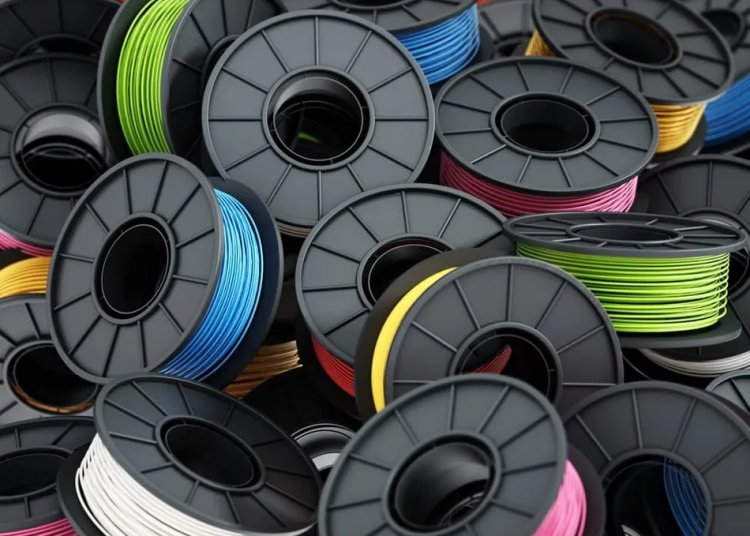
6. TPU (Thermoplastic Polyurethane)
TPU is a flexible and elastic filament used in various applications, including food-safe seals, gaskets, and grips. It is resistant to chemicals and abrasion and has a high melting point, making it suitable for high-temperature applications.
7. ASA (Acrylonitrile Styrene Acrylate)
ASA is a weather-resistant filament used in outdoor applications such as signage and roofing. It is also suitable for food processing and packaging applications due to its resistance to chemicals and heat.
8. ABS (Acrylonitrile Butadiene Styrene)
ABS is a widely used thermoplastic filament that is strong, durable, and heat resistant. It is suitable for food packaging due to its resistance to chemicals and abrasion. However, ABS emits fumes during printing, which can be harmful if inhaled.
9. HDPE (High-Density Polyethylene)
HDPE is a strong and durable filament widely used in food packaging applications. It is resistant to chemicals and has a high melting point, making it suitable for high-temperature applications. HDPE is also recyclable and eco-friendly.
10. PP (Polypropylene)
PP is a versatile filament used in various applications, including food packaging and processing. It is resistant to chemicals and has a high melting point, making it suitable for high-temperature applications. PP is also recyclable and eco-friendly, making it a sustainable choice for food packaging. However, PP can be difficult to print due to its high shrinkage rate.
Overall, many different materials can be used for food-safe 3D printing, each with its unique properties and advantages. It’s important to choose the right material based on your specific application and the requirements of your project. And when it comes to 3D modeling and printing, SelfCAD is a powerful and user-friendly 3D modeling software that can help you bring your ideas to life.
Conclusion
Several 3D printer materials are considered safe for food-related applications, such as PLA, PET, PETG, and PP. However, it is important to note that even food-safe materials may contain impurities that can be harmful when exposed to high temperatures or acidic foods. It is crucial to carefully evaluate the material and its intended use before 3D printing food-related objects.





